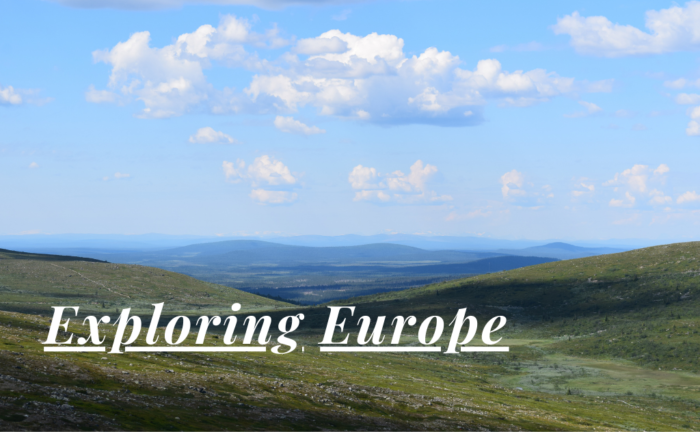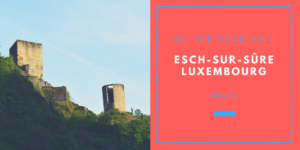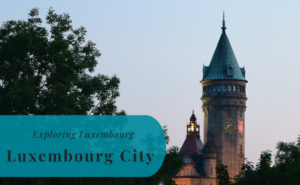Schengen is a village in the southeastern part of Luxembourg, right at the country’s border tripoint with France and Germany. This small village along the western banks of the Moselle River might have had vineyards, but its fame came in 1985. Since then the village name has been synonymous with border-free travel within the European Union. This was the year when the Schengen Agreement was signed onboard the boat MS Princesse Marie-Astrid at a time the boat was moored at the border tripoint in the river.
Our Visit to Schengen
We visited Schengen in 2017 during our European road trip. It was when we stayed a few days in Metz, France, that we went on a road trip to Luxembourg and got the opportunity to make a stop in this well-known village.
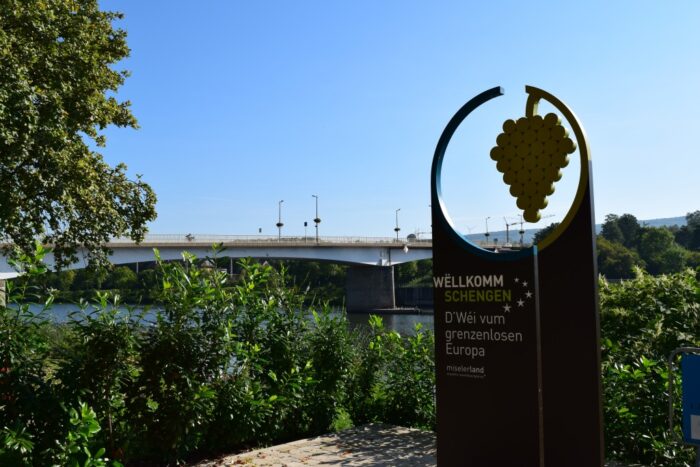


A Short History
Schengen is a village with a long history, but it became a part of European history in 1985. The European Economic Community was established in Rome in 1957. The six founding members were Belgium, France, Italy, Luxembourg, the Netherlands, and West Germany. The community was separate from the European Coal and Steel Community that had been established with the Treaty of Paris in 1951. Both of these are today succeeded the European Union, which was established first in 1993 with the Maastricht Treaty.
It was in 1985 that five out of the ten members of the European Economic Community had at the time met onboard the boat MS Princesse Marie-Astrid. It was representatives from Belgium, France, Luxembourg, the Netherlands, and West Germany that met at the border tripoint in the Moselle River. The goal was to remove border controls between the signatories. The five members of the ECC that initially decided to abstain from the treaty were Denmark, Greece, Ireland, Italy, and the United Kingdom.
The Schengen Agreement has since become an integral part of the European Union and the agreement is the foundation of the free movement of people within the Union.


Things to Do and See
Schengen might not be impressive at first sight. It might not even be impressive at the second sight. This is a place where you will have to remind yourself of the history and what the outcome was. Some might be looking out across the river and there is nothing extraordinary to be seen. You will not be able to see the border with either Germany or France. And that is exactly why you should visit Schengen. This is where that border disappeared and where you will no longer be able to see it in real life.
European Museum
The European Museum opened in 2010, marking the 25th anniversary of the Schengen Agreement. The museum tells the story of the treaty and its signing.
River Promenade
Along the waterfront of the Moselle River is a promenade. Here it is possible to walk with a view of Germany and France just across the river. The promenade includes several monuments, most connected to European integration and community. There are monuments to the Schengen Agreement, but there is also a segment of the Berlin Wall.
The Border Tripoint
Yes, it might be a wet attempt to reach the border tripoint. It is in the Moselle River and if you don’t have a boat it might be a bit out of reach. But there is a way to experience the tripoint and its symbolism. Walking across the bridge to Germany will take you across the first border and from there it is just a short walk south to reach the border with France. One kilometer of walking, or about 15 minutes and you have been in three countries.


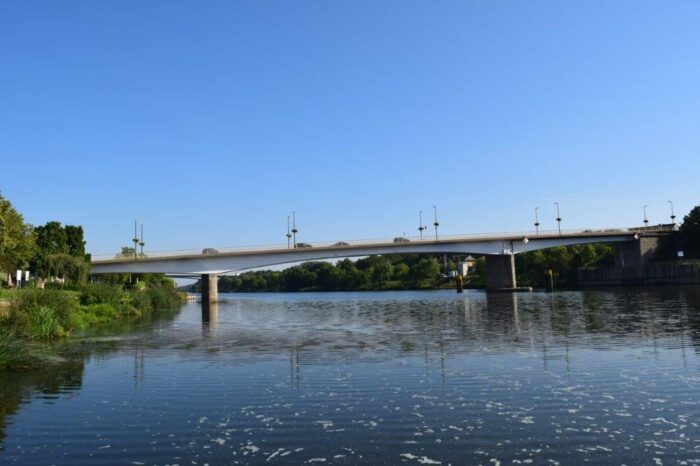
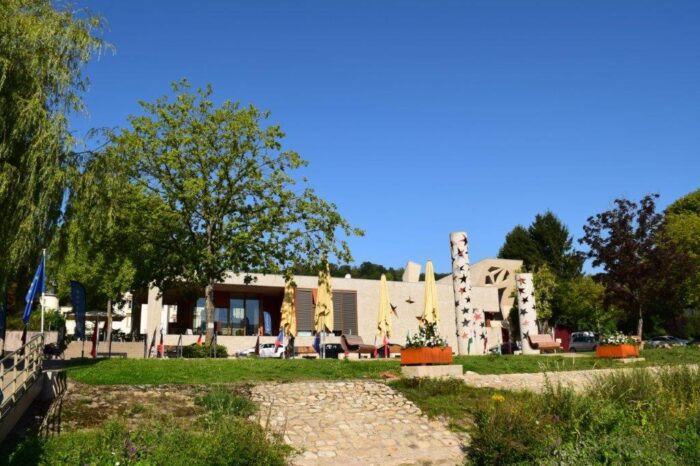

How to Get to Schengen
- Flights: Luxembourg Airport (LUX) is the nearest major airport, which can be found a bit to the northwest.
- Car: Schengen lies at the tripoint between France, Germany, and Luxembourg. It lies along the cross-border road A13/8 close to the German town of Perl in Saarland.
Looking to Explore more of Luxembourg and Europe?

